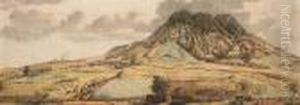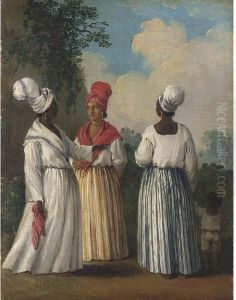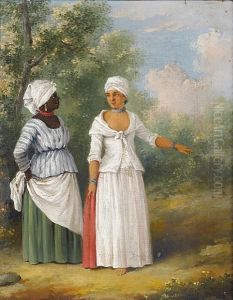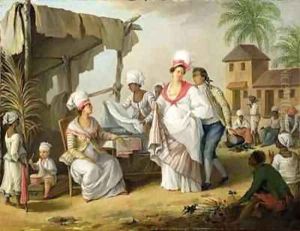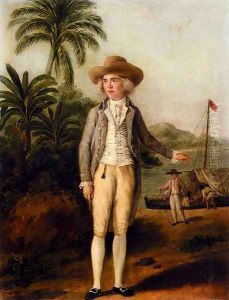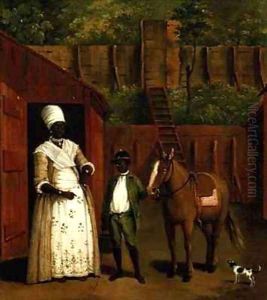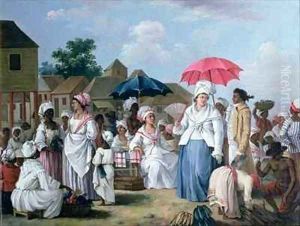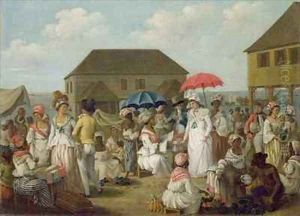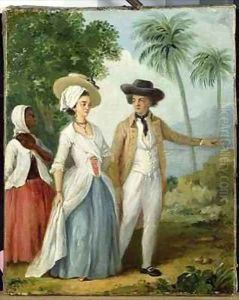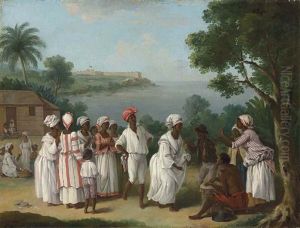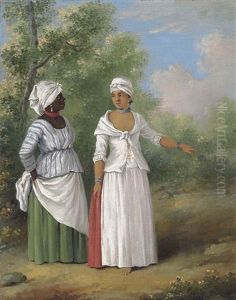Agostino Brunias Paintings
Agostino Brunias was a notable Italian painter, born in 1730 in Rome. His work is renowned for depicting scenes of life in the British West Indies during the colonial period. Brunias moved to England in the mid-18th century, where he eventually came into contact with Sir William Young, 1st Baronet, who was appointed as the British governor of Dominica. In 1764, upon Young’s encouragement and under his patronage, Brunias left Europe for the West Indies to document the landscapes, peoples, and customs found in the British colonies.
Brunias’ art captured the diverse cultures of the Caribbean, including European colonists, African slaves, and Indigenous peoples, presenting a unique perspective on colonial life that was both idyllic and idealized. His paintings are characterized by their vibrant colors and detailed representation of social gatherings, market scenes, and everyday life in the Caribbean. Through his work, Brunias provided a visual record of the racial and social hierarchies of the time, albeit often in a romanticized manner that glossed over the harsh realities of slavery and colonial rule.
Despite the somewhat contentious nature of his depictions, Brunias’ paintings are invaluable for their historical insight into the cultural and social milieu of the 18th-century Caribbean. After spending several decades in the West Indies, Brunias died in Dominica in 1796. His legacy persists through his contributions to colonial art, offering a complex narrative of Caribbean history that continues to be studied and appreciated for its artistic and cultural significance.

